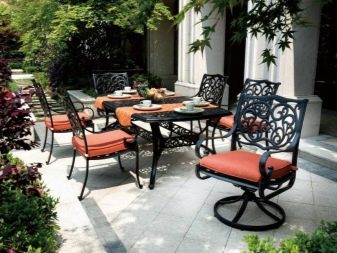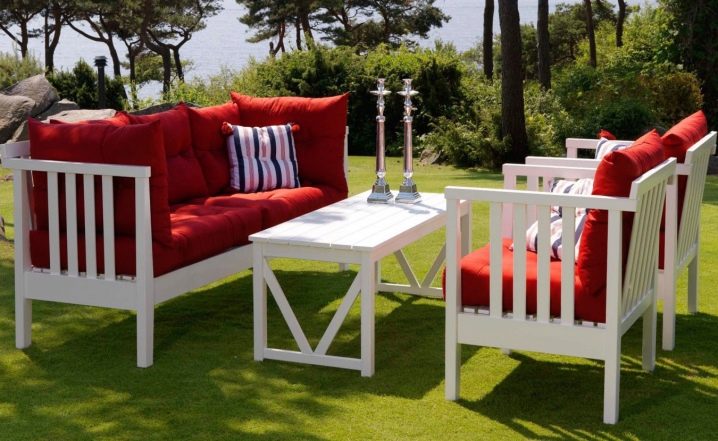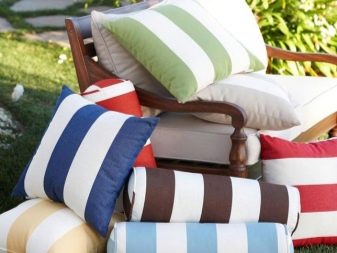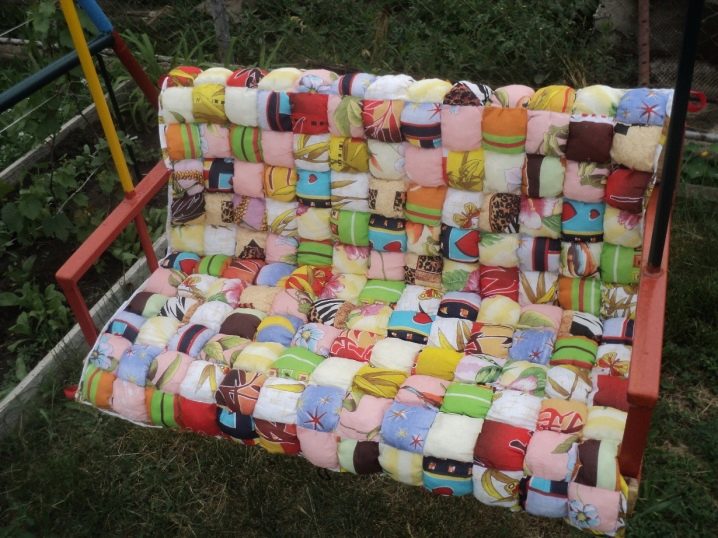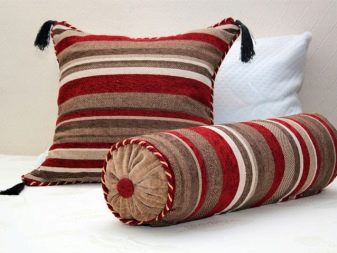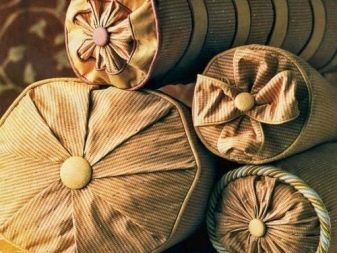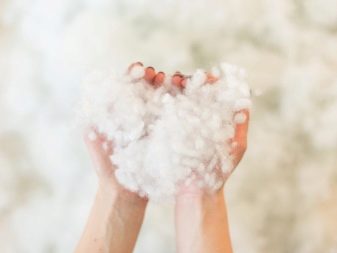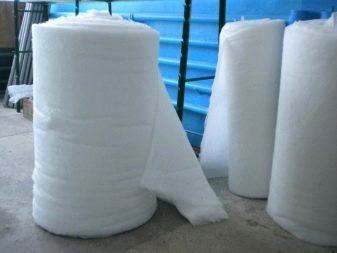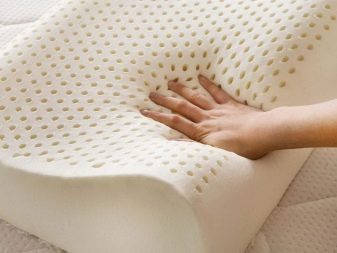Cushions for garden furniture: what to sew and how to stuff?
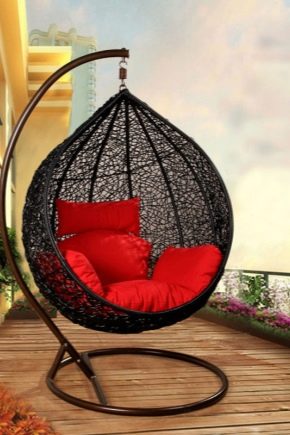
In the search for accessories for maximum comfort, many people forget about such a thing as a regular cushion. With a simple, seemingly fit, it can make the rest more pleasant. Especially important is the use of such items in the country, when it is necessary to correct the degree of comfort of plastic or wooden furniture.
Accessory Requirements
Cushions for garden furniture are somewhat different from the usual sofa counterparts.
Requirements for them are more stringent, they must:
- be resistant to fading under the sun;
- differ in durability to mechanical damages;
- be resistant to deformation;
- have resistant dyes that do not harm clothes;
- differ in the durability of the filler structure in relation to the weight loads.
An important nuance is the lack of small decor, which can cause discomfort. Excluded buttons, knitted braid, on which you can accidentally catch.
Bid should be done on a nice color and original form. To make the product look as advantageous as possible, several identical pillows are made. Particularly harmonious look design of all chairs with the same accessories.
Material selection
Material for pillows and seat mats are selected based on a number of nuances. He must:
- to be pleasant to the body, but rather dense and durable;
- if possible, have blended yarns (contain equally natural and synthetic fibers);
- differ special impregnation, providing moisture resistance;
- be easy to care for;
- approach the landscape composition;
- differ hypoallergenic, otherwise the use of the product is impossible;
- be aesthetically appealing;
- performed as a removable cover, allowing cleaning of the filler and washing of textiles.
Leather and its synthetic analogues are not suitable for the requirements. In the heat, they will deliver discomfort to travelers.An important indicator is the purpose of the pillow. If it is placed under the back, greater freedom of choice of material is allowed. If it is a mattress cushion or a seat cushion, it should be made of dense textiles. For covers, you can use cotton with impregnation, fleece, microfiber, tapestry, fiber, canvas material or furniture fabric. Silk and flax are unacceptable as they crumple. Silk violates the texture on the very first day of operation (the appearance of puffs). It is necessary to exclude materials with long pile and fur: washing them is quite difficult.
If there are patches at home, they are usually trying to use them. In this case, the fragments of the future cushion are selected so that the composition of the flaps is identical: this will exclude the deformation of the fabric.
In some cases, for pillows using old jackets. Such material does not shrink, and performs not only an aesthetic function, but also can maintain heat.
The form
Often, pillows and furniture seats are made in the form of a square or a rectangle. Choosing the form of accessories for garden furniture, you can start from the form of furniture. For the seat of chairs it is more often a square, for the backs of the benches - two or three square modules,for the lounger - a rectangle. Often for seats make pillows in the shape of a circle. Interesting look Turkish pillows.
Along with the classic forms are made rollers, which complement the model with armrests or mattresses. Such accessories allow you to more comfortably sit in the open air, if you want, for example, to sunbathe or take a nap. Do not overlook the children. Pillows are made for them in the form of hearts, letters, flowers, candies and even toys made on the principle of tilde or roller.
Filler
For garden pillows, mattresses and rollers apply a different type of stuffing. Usually, a synthetic winterizer is used: it has an acceptable cost, is commercially available, and creates volume with a small amount of raw materials. If the store has a holofiber, you can use it. Such pillows will be light. However, for the modules of the seats and especially mattresses, they are not suitable, because they are quickly compressed with regular use.
It is undesirable to use polystyrene balls to fill the pillow. They are quite specific, because with the weight load the balls move, creating the effect of falling through.
This type of stuffing can not be called pleasant when touched. Even if you stuff a napernik such a composition, you can not use for sitting and lying.
The ideal material is latex. Since the natural option is not so easy to buy, you can buy an artificial one. This filler is used for stuffing mattresses, including orthopedic models. It does not contain significant and regular weight loads, is durable, does not rot with time and allows cleaning.
If there is no such material in the store, you can buy regular foam rubber. However, its properties will be somewhat worse. Its service life is less, but it will cope with the task not less than several years. If you have an old children's mattress with orthopedic properties, you can use its filler. For example, if you use coconut coir for a mattress, you can make outdoor recreation not only pleasant, but also useful.
What to consider?
Making a pillow with your own hands, you need to make a start from concrete country furniture. If plastic chairs (for example, Ikea) are taken as a basis, elastic bands can be sewn in the corners so that the accessories do not slide on the seat or backrests.If the furniture is made of an array, you can make textile cushion covers on the backs, tying them on the sides of the ties. For the bench is enough models without strings.
When choosing a material, make sure that it is not slippery, otherwise the pillow will not give furniture comfort. Before carving out the product, perform the decoding: iron the new textiles with steam. From this it can shrink, but further deformation is excluded. Iron the fabric through the thin fabric on the reverse side so as not to form lashes on the surface.
Do not use cotton wool from the old mattress or blanket. Crumpled filler can form bumps that can not save even the quilting of pillows and seat mats. This rule applies to old fur coats: they are not suitable for stuffing, but they can be harmful to health. Making a pillow for the back, do not fill it with a different filler, if one type is not enough. When the load will create a different pressure on the body, which can harm the posture.
How to make a decorative pillow with your own hands, see the next video.

